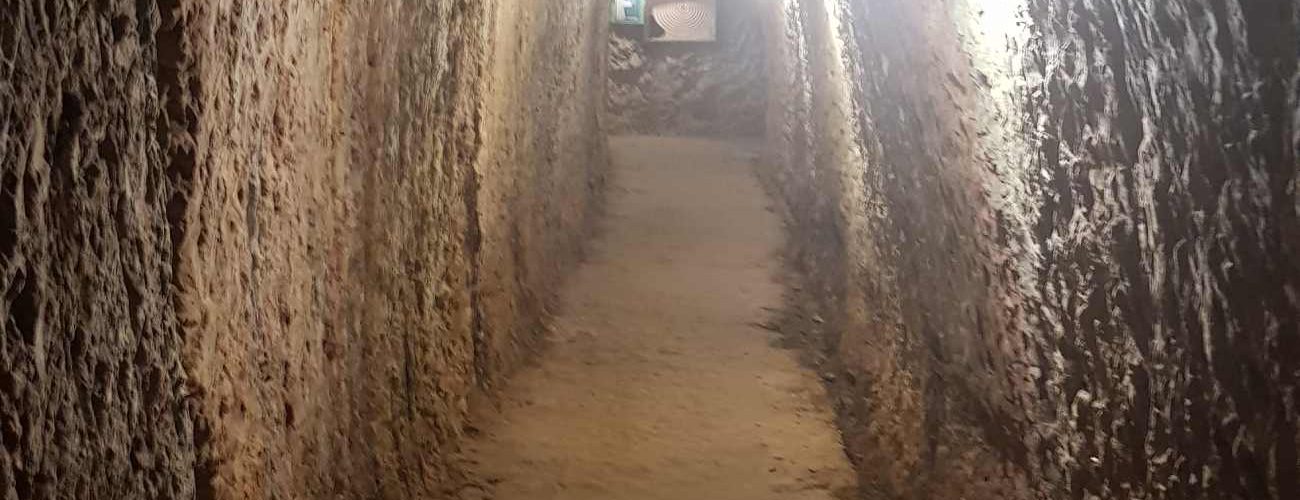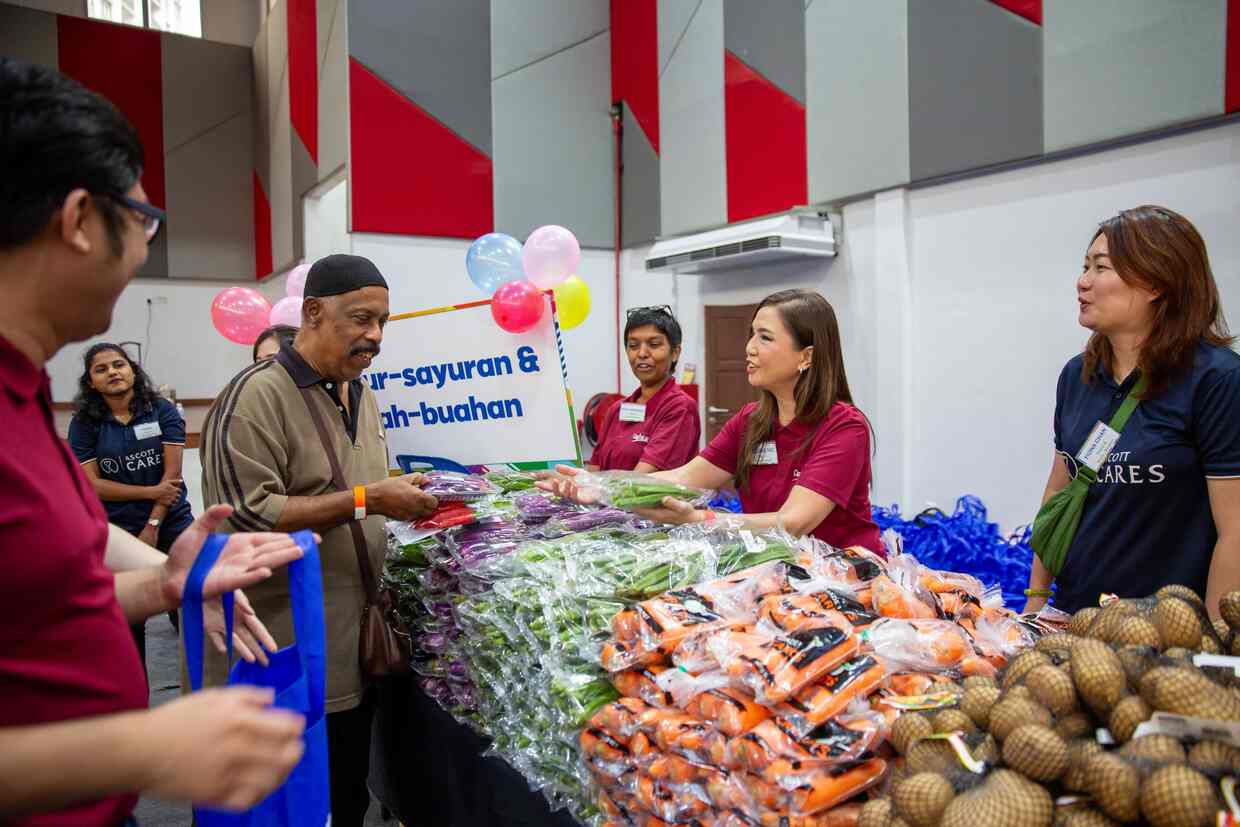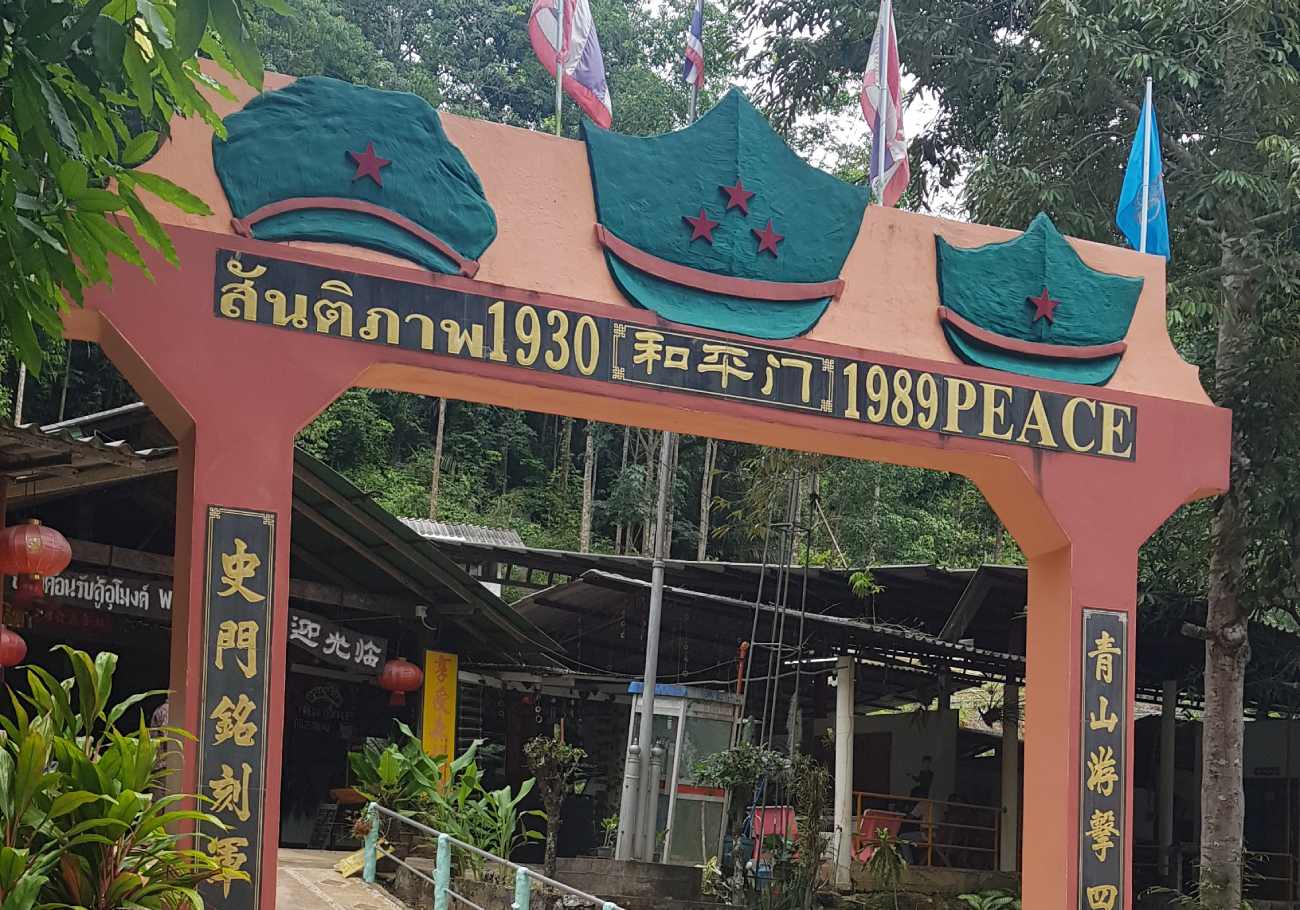
Situated high in the hills of southern Thailand within the Khao Nam Khang National Park, the Khao Nam Khang Historical Tunnel stands as a testament to a turbulent past.
This tunnel complex, the longest surviving man-made tunnel in Thailand, once served as a hideout and operational base for members of the 8th Regiment of the Communist Party of Malaya (CPM) until the signing of the Hatyai Peace Agreement on 2 December 1989.
Today, it offers visitors a unique blend of history and natural beauty.
A Glimpse into the Khao Nam Khang past
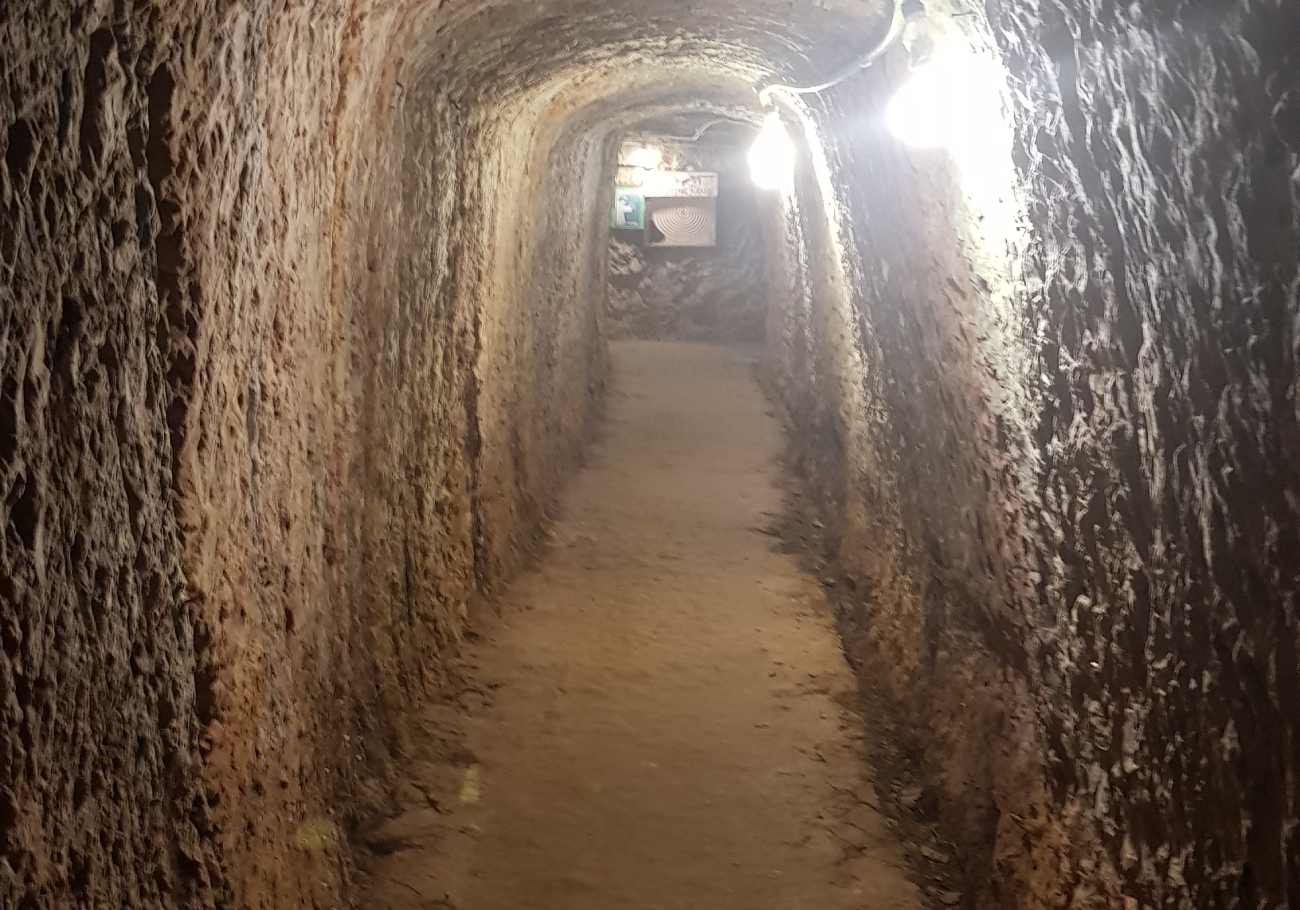
The Khao Nam Khang Historical Tunnel was constructed in the 1970s amid an influx of CPM recruits and volunteers seeking refuge from Malaysian authorities.
Spanning over 1 kilometre, the tunnel complex was meticulously hand-carved by about 200 cadres under the supervision of former commander Huang Yijiang.
The tunnel features sixteen entrances and exits across three levels, housing living quarters, meeting rooms, an infirmary, storage spaces, and even a target practice area.
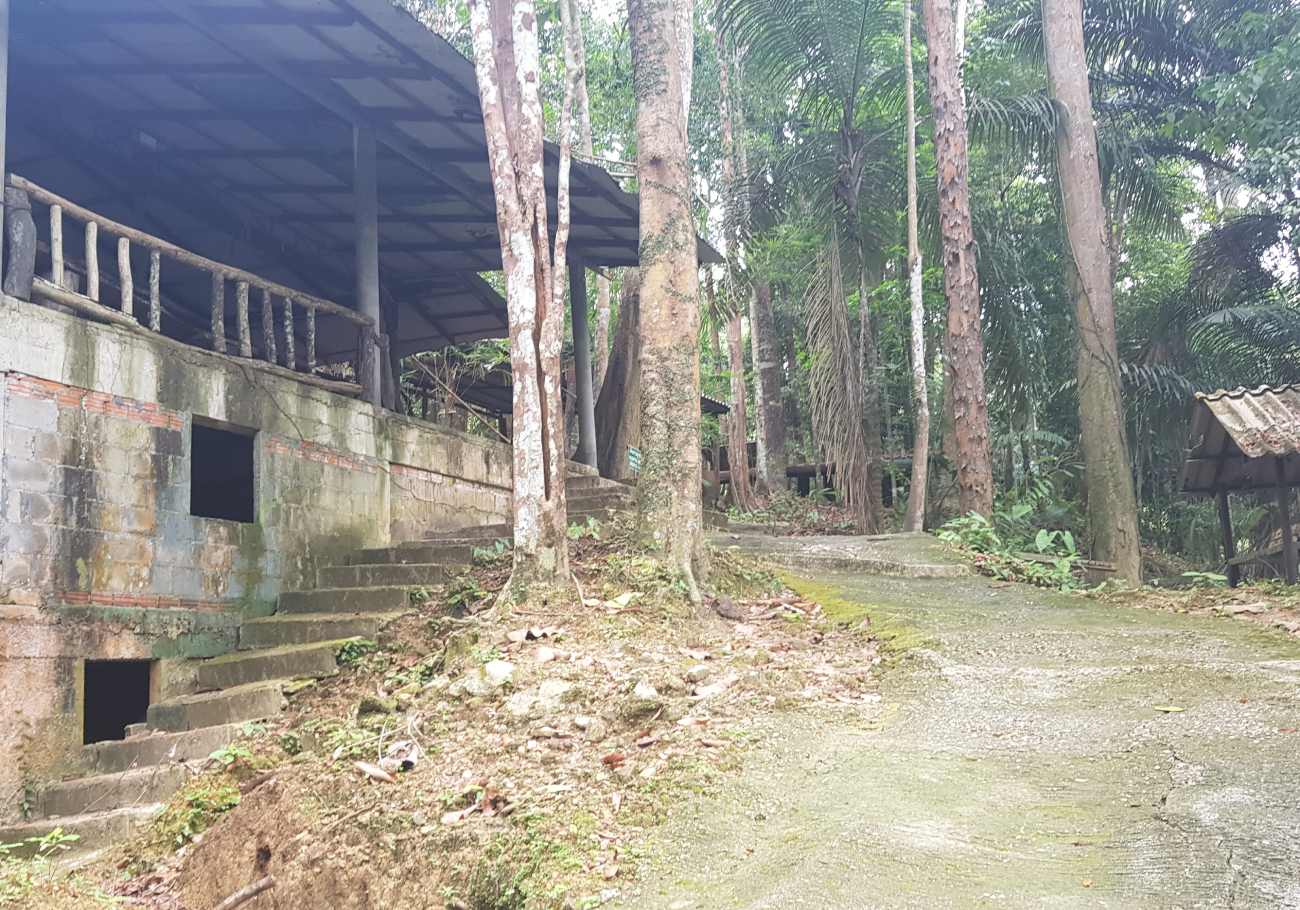
The complex’s strategic location in the dense jungle of Songkhla province provided a significant tactical advantage, allowing insurgents to launch guerrilla operations while remaining undetectable by air.
Throughout the 1970s and 1980s, the Thai government and communist insurgents were locked in conflict.
By the late 1980s, the conflict began to wane, leading to an amnesty programme and the eventual signing of the Hatyai Peace Agreement, which saw many insurgents lay down their arms.
Transformation and legacy
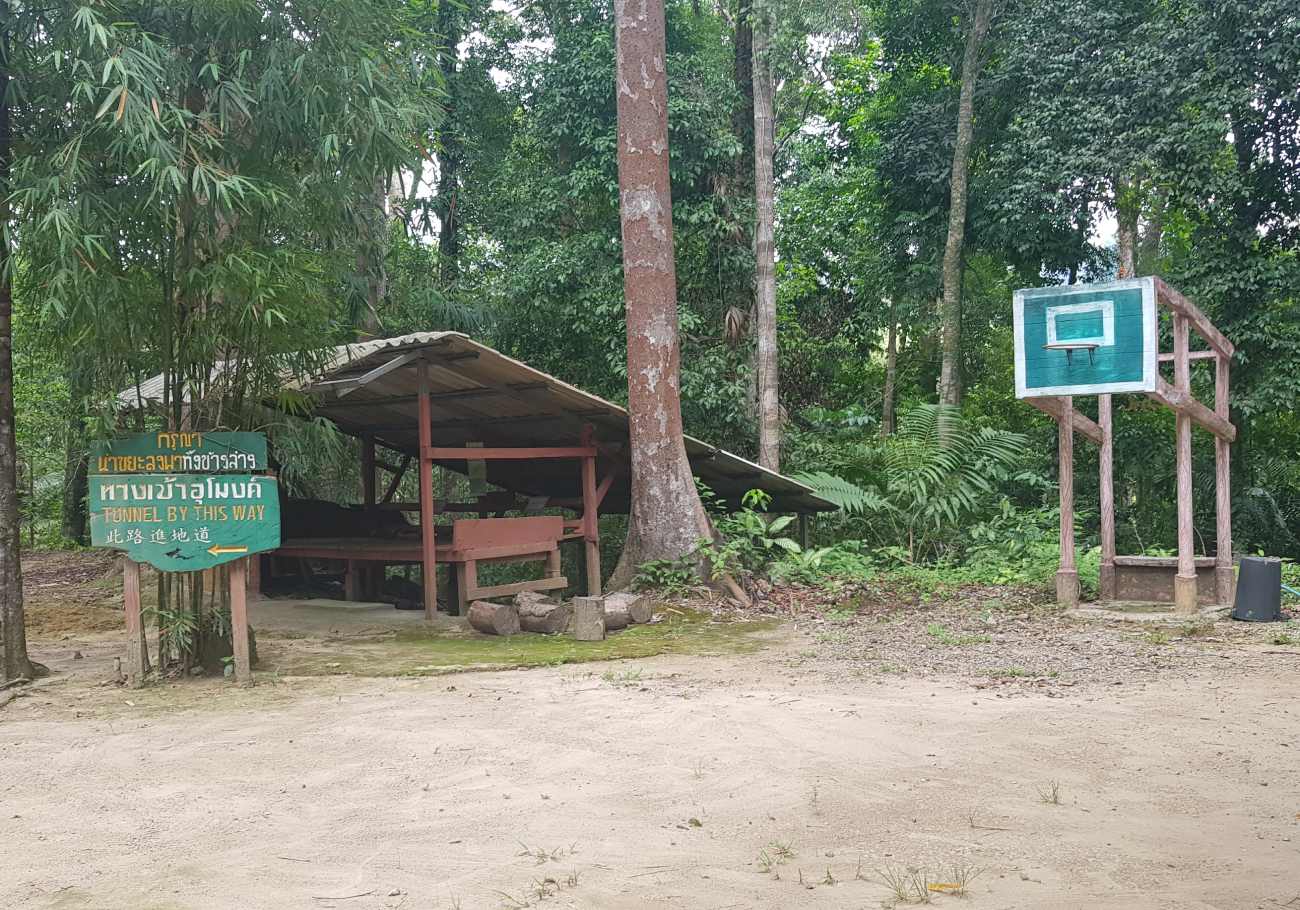
Following the end of hostilities, the Thai government and local communities worked to transform the Khao Nam Khang Tunnel into a historical and educational site.
Today, the tunnel complex draws visitors interested in history and adventure, offering a firsthand look at the conditions under which the insurgents lived and fought.
Khao Nam Khang Tunnel now symbolises peace and reconciliation.
The transition from a conflict zone to a museum for education and tourism demonstrates how people can overcome strife to build a peaceful future.
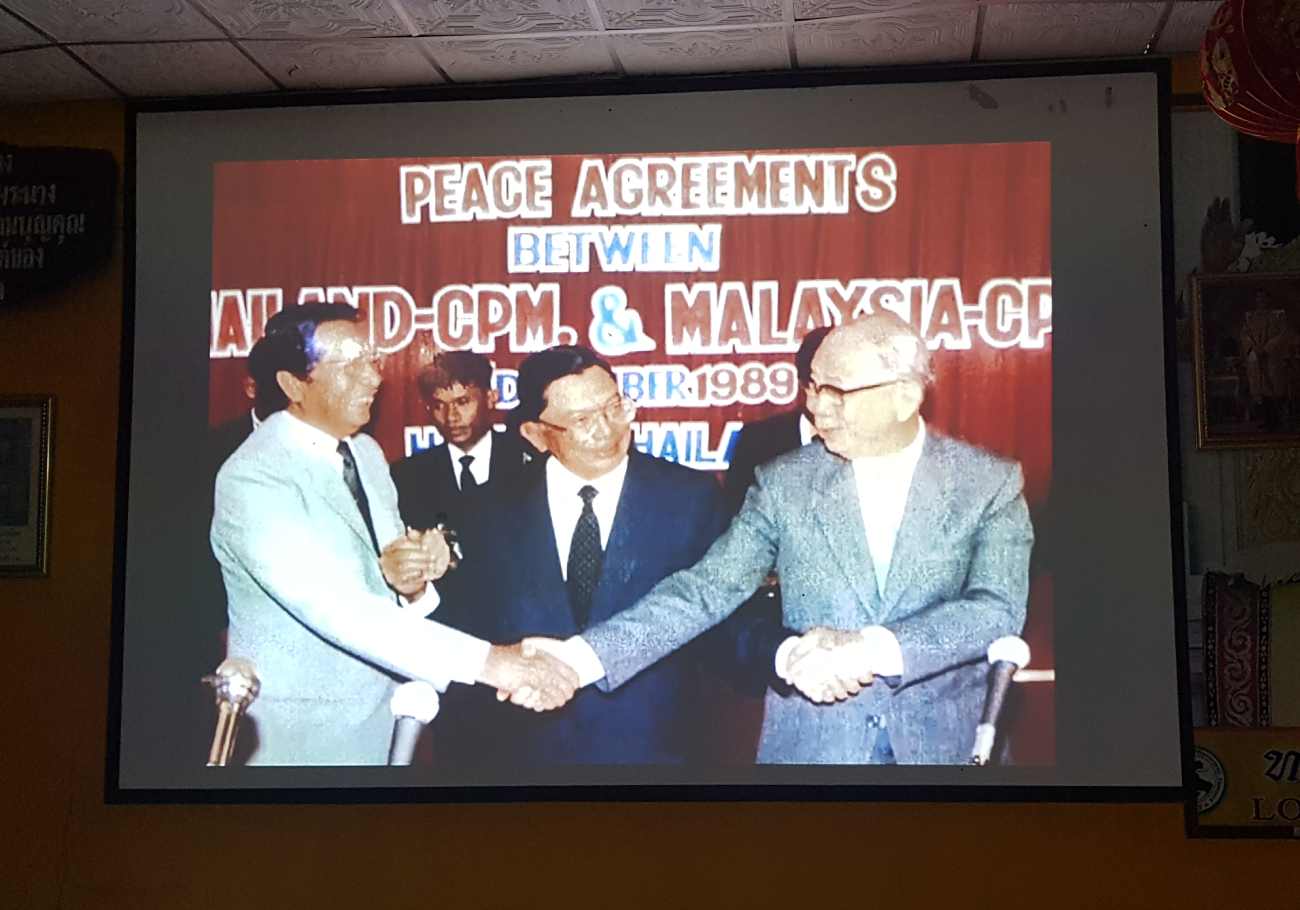
As visitors walk through its dark corridors, they are reminded of the resilience and hope that have shaped the region’s history.
Liang Yi Sing, the chief of Piyamit 5 Friendship Village, shared insights into the cadre’s experiences. “Both Thais and Malaysians fought to liberate Malaysia.
However, during the years 1967 to 1970, the CPM experienced internal conflicts, and many Thais who joined the CPM were also killed,” he said, referring to the purge that led to the 8th Regiment forming as a separate faction in response to the CPM’s kill order against those suspected of being moles.
“During that time, the communists were split into three factions: the 8th Regiment, the Central Faction, and the 12th Regiment.
The 8th Regiment operated in Sadao and was later known as the Revolutionary Front Faction,” he added.
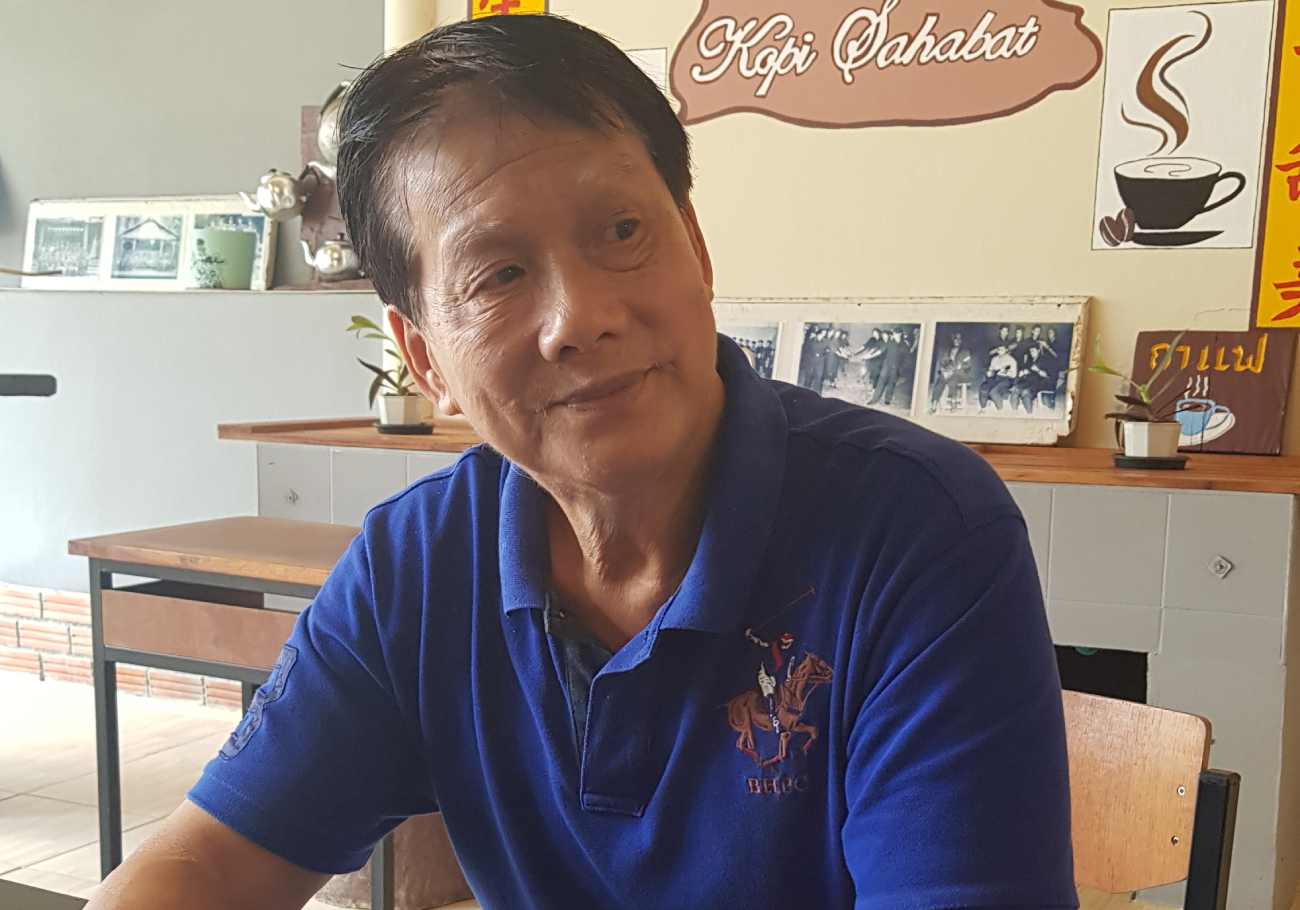
Dr Jason Ng Sze Chieh, a specialist in East and Southeast Asian history at New Era University College, provided further context that not all of the 12th Regiment disagreed with the Central Faction.
“Some members of the 12th Regiment remained with the Central Faction. Only the 2nd Area Forces of the 12th Regiment broke away and continued their operations in Betong.
They were later known as the Marxist-Leninist Faction.”
“Later on, the Marxist-Leninist faction would also merge with the 8th Regiment,” he said.
For those interested in exploring the tunnels, the journey begins with a hike up the Liang San 108 Staircase, followed by a descent using the tunnel stairway.
However, the tunnels are unsuitable for young children and the elderly due to the challenging terrain.
Tickets are priced at 100 Baht for Thai adults, 150 Baht for foreign adults, and 70 Baht for all children.
The Khao Nam Khang Historical Tunnel is located at Mu 1, Tambon Khlong Kwang, Songkhla, 90160, Thailand, approximately an hour’s drive from the Bukit Kayu Hitam/Sadao border.


